Bringing the outdoors in has never been more in style, and houseplants are the unsung heroes of modern home décor. They add color, texture, and even a bit of architectural drama—but not all plants are created equal in the eyes of interior designers. Some are tried-and-true staples that work in nearly any space, while others are overdone, finicky, or just plain annoying. Whether you’ve got a green thumb or a habit of forgetting to water, these are the plants designers love—and the few they wish we’d all stop pretending to like.
1. Fiddle Leaf Fig
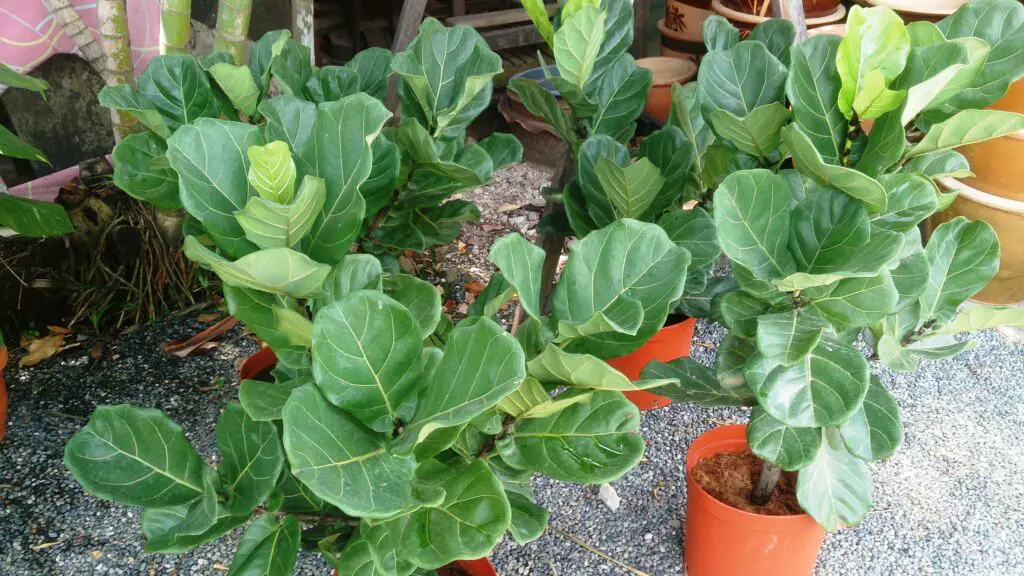
For years, the fiddle leaf fig was the darling of design blogs and magazine spreads. According to Architectural Digest, its tall, sculptural silhouette and oversized leaves make it a visual anchor in any room. Designers still love it—when it’s healthy—but it’s not for the faint of heart. This plant is notoriously finicky and needs bright, indirect light, humidity, and absolutely no drafts.
When it thrives, it’s stunning and sophisticated. But one wrong move and it starts dropping leaves faster than you can Google “plant SOS.” That said, professionals still recommend it for clients willing to give it a little extra TLC. It’s a statement piece, but definitely not a set-it-and-forget-it plant.
2. Snake Plant
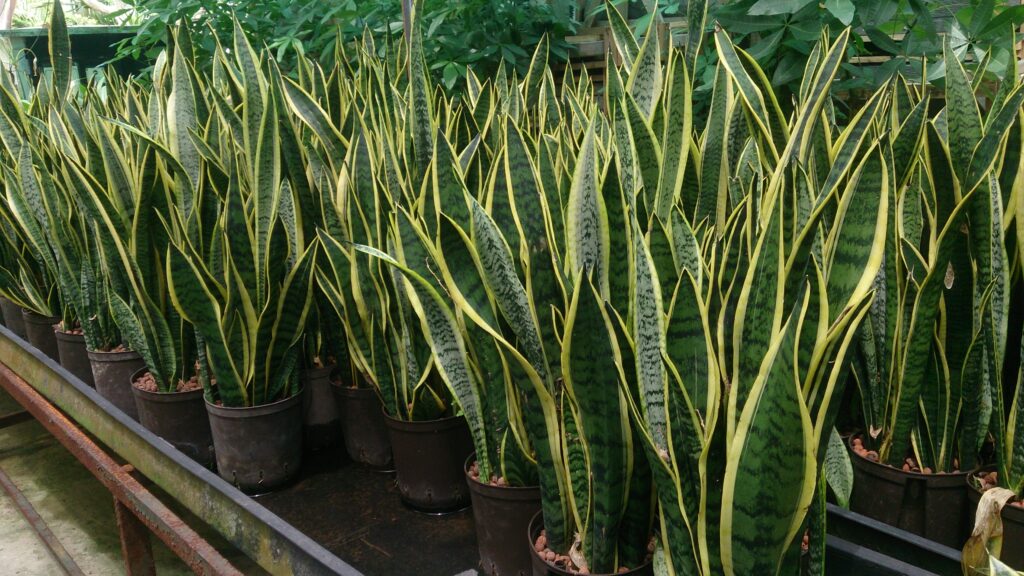
The snake plant (also called Sansevieria) has earned its place in every designer’s toolkit. As Better Homes & Gardens points out, it’s practically indestructible and looks sleek and modern in any container. Its upright, architectural leaves complement minimalistic interiors and require almost no maintenance. It also purifies air and can survive in low light—making it a favorite for bedrooms, bathrooms, and offices.
Designers love how versatile it is. Whether placed on a console, in a bedroom corner, or even as a row in an entryway, it always looks intentional. It plays well with both bold and neutral color palettes. And most importantly, clients rarely kill it.
3. Monstera Deliciosa
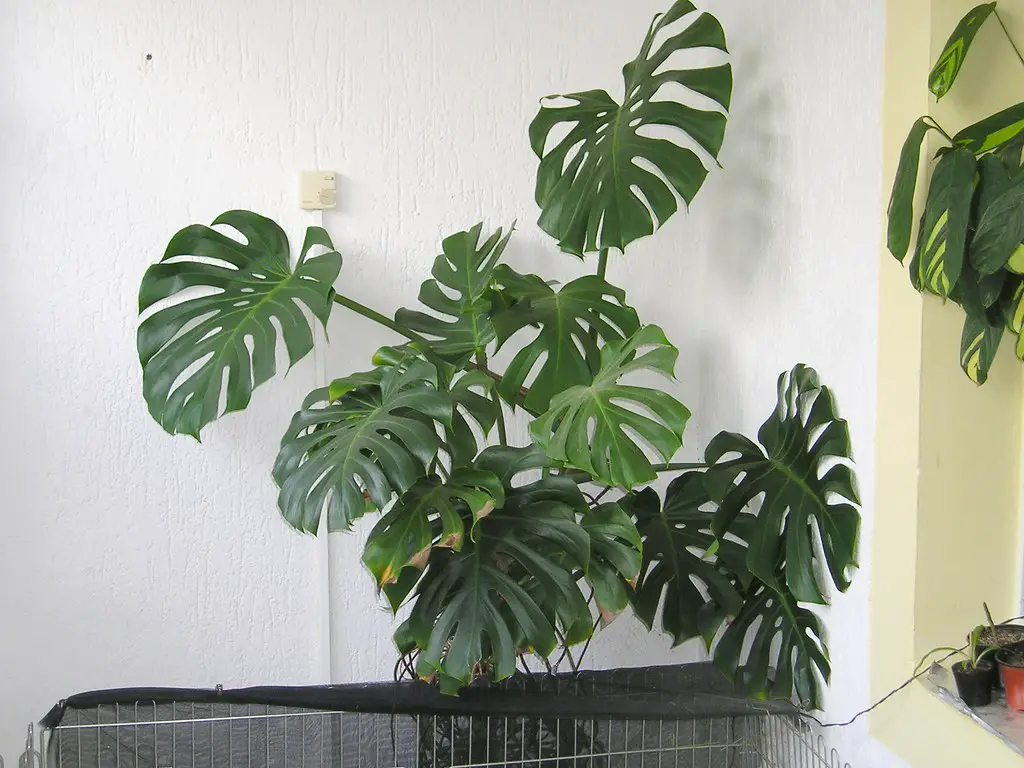
The monstera, also known as the Swiss cheese plant, is loved for its large, dramatic leaves and tropical vibes. According to The Spruce, it’s one of the most searched-for houseplants in the U.S. for good reason. It brings an organic, wild energy to rooms that might otherwise feel too structured or cold. Designers love pairing it with earthy materials like rattan, wood, or linen.
It grows fast and adapts well to indoor environments with moderate light. While it needs space to spread out, even small versions make an impact. Its fenestrated leaves (those gorgeous slits and holes) add visual texture. Plus, it’s a photogenic showstopper on Instagram and Pinterest alike.
4. ZZ Plant
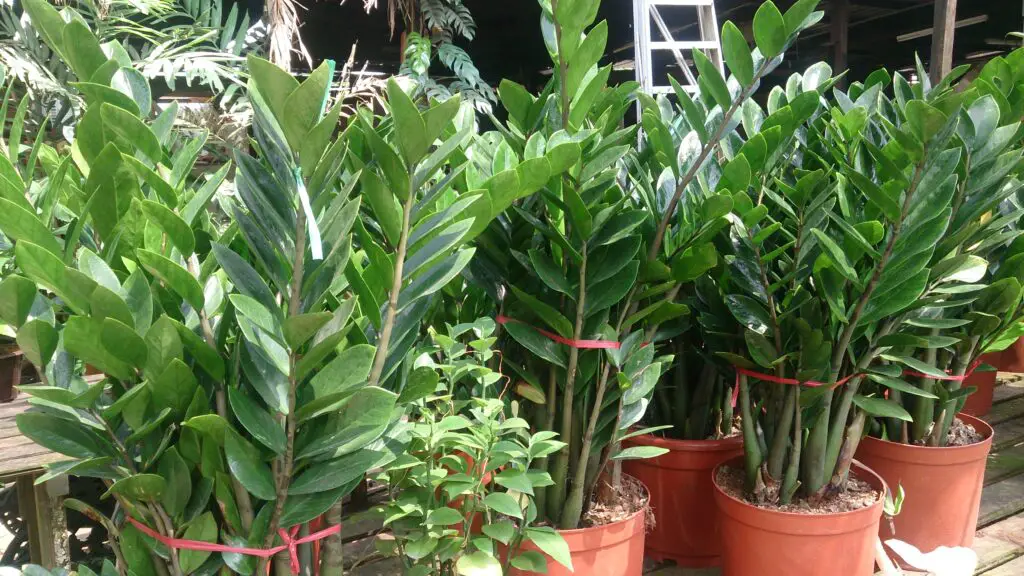
If you want a no-fuss, high-style plant, the ZZ plant is an interior designer’s dream. House Beautiful notes its glossy, upright leaves work beautifully in modern, eclectic, and even industrial-style spaces. It’s drought-tolerant and tolerates low light, which makes it ideal for rooms with poor natural light. Plus, its symmetrical shape gives a polished, intentional look without the effort.
Designers love using ZZ plants in offices, guest rooms, and rental units. They’re low-risk and high-reward, perfect for clients who travel or forget about plant care. The dark green leaves bring a rich depth to neutral color schemes. It’s also a solid choice for beginners who still want that designer aesthetic.
5. Rubber Plant
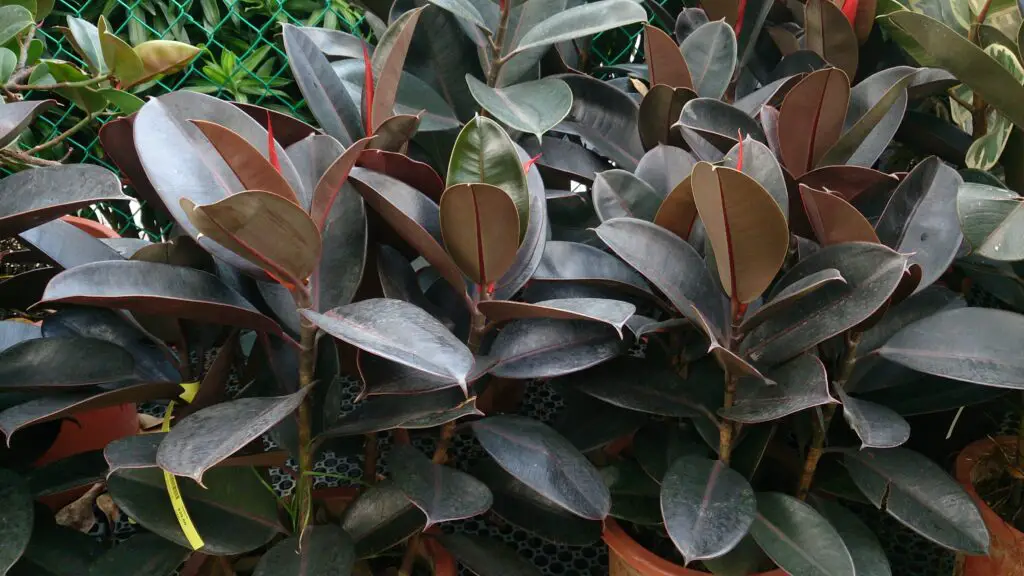
The rubber plant brings moody elegance and glossy drama to any room. With dark green (sometimes burgundy) leaves and a tree-like stature, it fits perfectly in corner spots that need height. Designers favor it in both mid-century and contemporary interiors for its clean lines and no-fuss profile. It thrives in medium light and appreciates the occasional dusting to keep its leaves shining.
It’s less finicky than a fiddle leaf fig but still makes a strong visual statement. The rubber plant doesn’t need constant attention, which is a win for busy households. You can let it grow tall or prune it to stay compact. Either way, it’s a designer-approved staple.
6. Pothos
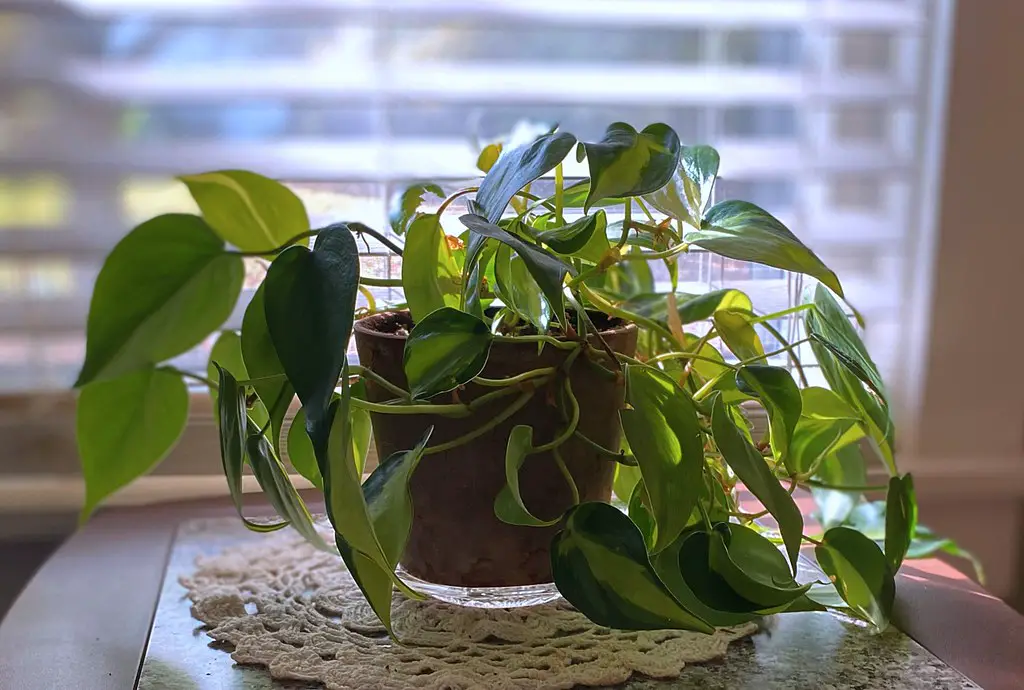
This trailing beauty is a go-to for shelves, hanging planters, and anywhere that needs a little greenery spillover. It’s loved for its ability to thrive in nearly any condition—bright light, low light, dry soil, you name it. Interior designers use it to soften harsh lines or fill in awkward negative space. Plus, its variegated leaves add color and interest without needing flowers.
It’s perfect for first-time plant owners and busy clients alike. You can trim it, propagate it, or just let it grow wild. Designers especially like using golden pothos in minimalist spaces to add warmth. It brings a touch of nature without overwhelming the room.
7. Birds of Paradise
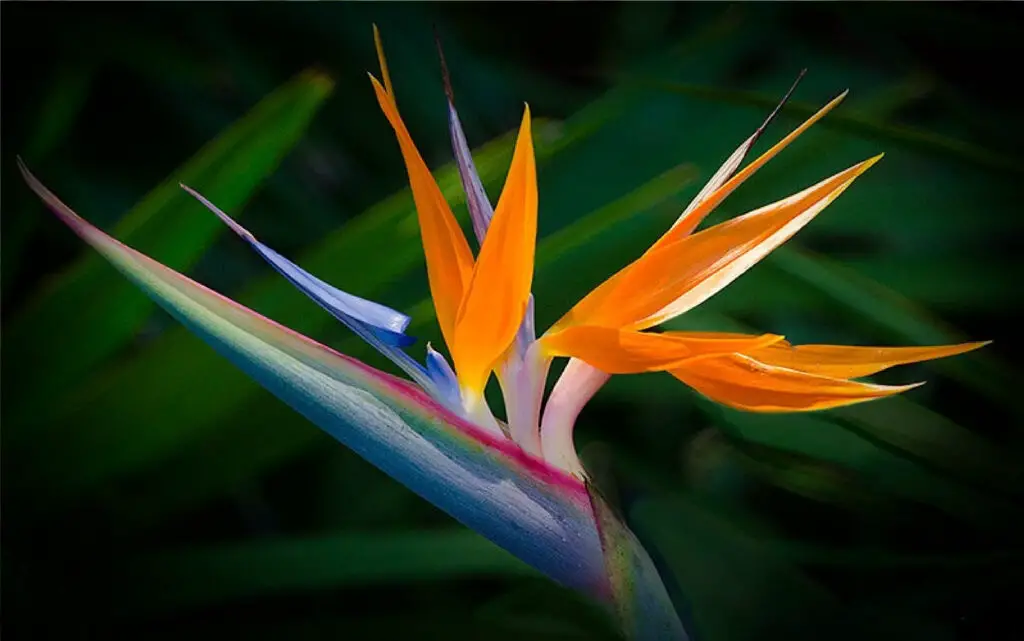
Few houseplants bring the tropical impact that a birds of paradise plant does. Its giant paddle-like leaves and upright stance give it an almost sculptural quality. Interior designers place it in open-plan spaces where they want to create a natural focal point. It thrives in bright light and grows tall quickly, sometimes up to six feet indoors.
It pairs beautifully with modern, boho, and even luxe interiors. When used correctly, it makes a space feel resort-like and airy. The plant does need some humidity and attention, but nothing outrageous. It’s a go-big-or-go-home kind of plant, and designers are all in.
8. Chinese Evergreen

This plant is the quiet MVP of designer-friendly greenery. It has broad, patterned leaves and comes in shades of green, silver, and even pink. It’s low-maintenance and tolerates a range of conditions, including low light and neglect. That makes it a perfect background player in a thoughtfully curated space.
Designers love it because it adds texture without demanding the spotlight. It fits into classic, contemporary, and eclectic interiors alike. And since it grows slowly, it won’t outgrow its pot or take over your living room. Subtle but stylish—just how designers like it.
9. Ferns (Especially Boston Fern)

Ferns bring a soft, lush quality to spaces that can otherwise feel hard or sterile. Designers like using Boston ferns in bathrooms or porches where moisture levels are higher. The trick is finding the right placement—they love humidity but hate dry heat and direct sun. When happy, they provide a feathery, romantic feel that complements vintage or cottagecore aesthetics.
They do need a bit more maintenance—consistent watering and misting—but designers often use them in decorative planters or hanging baskets. The payoff is worth it if you want softness and movement. They’re also great for filling vertical space. Just don’t stick them next to a heater or they’ll crisp up fast.
10. Calatheas
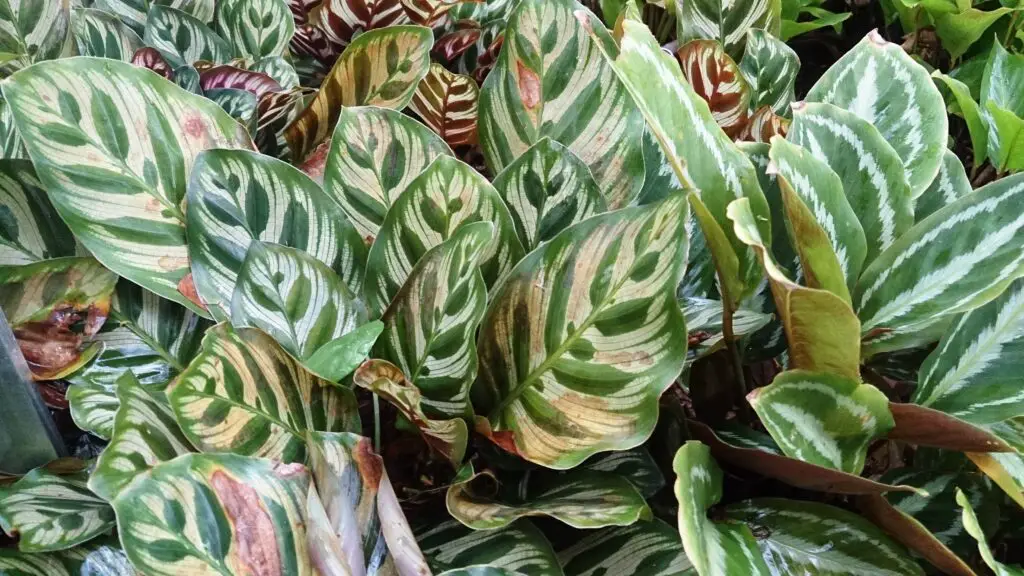
Also known as “prayer plants,” calatheas are known for their striking leaf patterns and nighttime leaf movement. Designers adore them for their graphic appeal—striped, spotted, or colored in ways that seem too pretty to be real. They’re temperamental but gorgeous, making them ideal for people who enjoy being attentive plant parents. The payoff is high if you treat them right.
These plants work best in spaces with moderate humidity and soft, filtered light. Designers often use them in bedrooms or reading nooks where their subtle movements add a touch of wonder. Their bold foliage also contrasts well with muted interiors. A moody calathea in a ceramic planter is peak cozy-chic.
11. Peace Lily
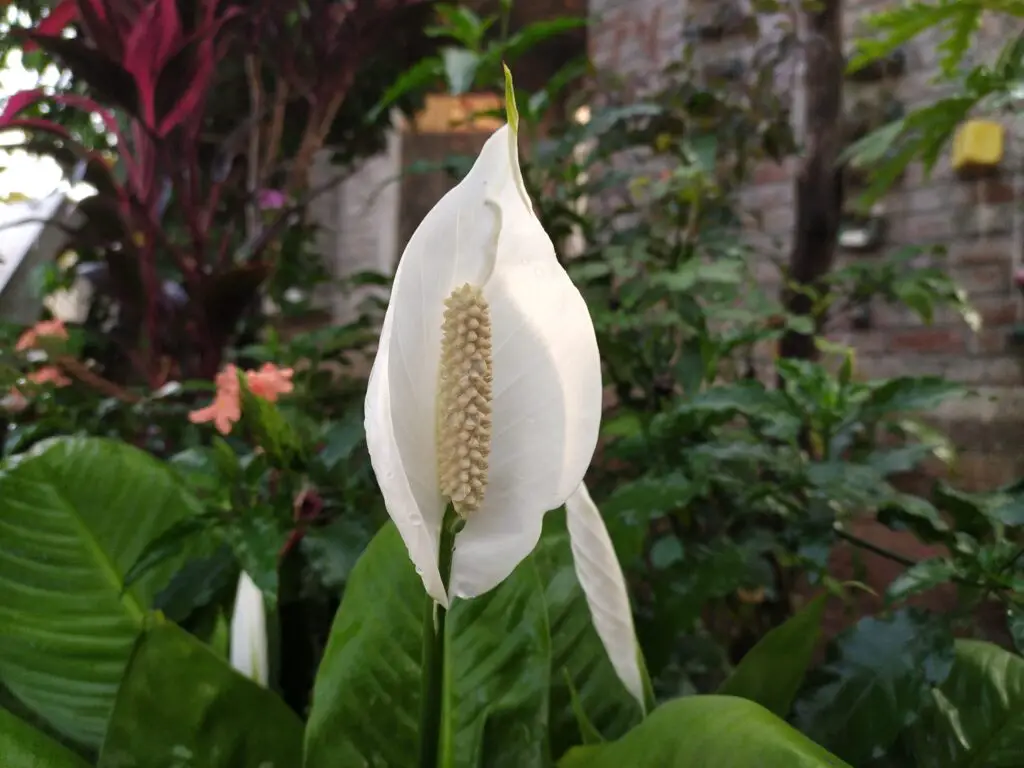
The peace lily is both beautiful and functional—it removes air pollutants and tells you exactly when it needs water by drooping dramatically. Designers use it to bring elegance to otherwise bland spaces. Its dark green leaves and occasional white blooms look polished without being fussy. And it tolerates lower light, making it perfect for bedrooms or entryways.
It does need regular watering, but nothing high-maintenance. The peace lily works well in minimalist or traditional interiors, depending on the pot it’s paired with. Designers appreciate how balanced and versatile it is. It’s a “safe bet” plant that always elevates a room.
12. Aloe Vera
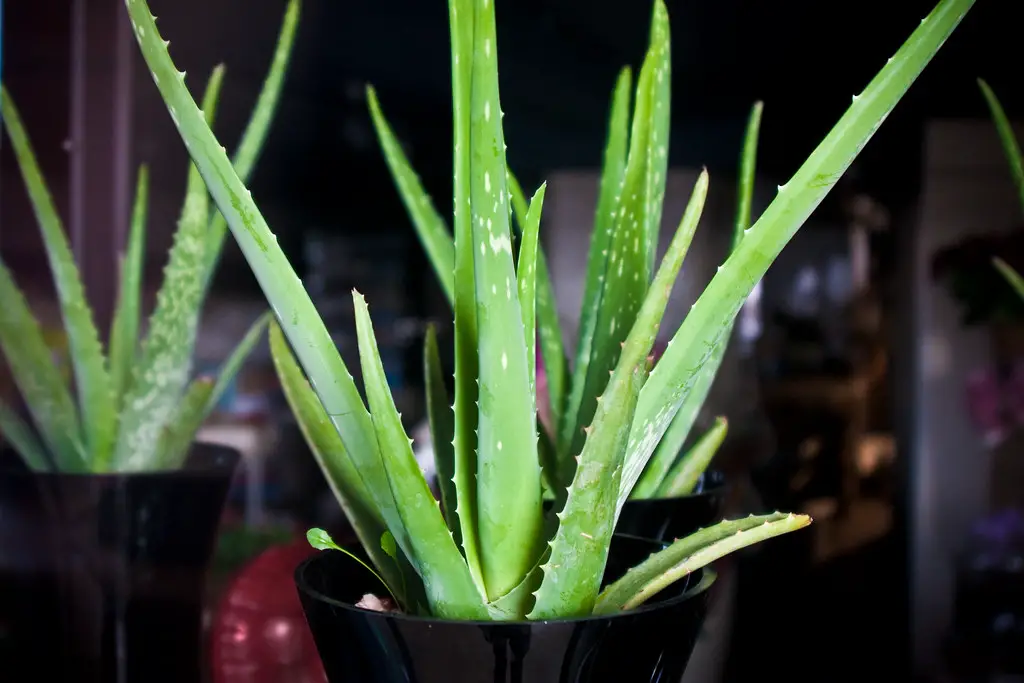
Designers love aloe not just for its looks but also for its functionality. Its sculptural, spiky form adds visual contrast and a modern touch to any setup. Plus, the gel inside can be used to treat burns and skin irritations. It’s a win-win for style and practicality.
Aloe prefers bright, indirect light and well-draining soil. Designers often group it with other succulents for a desert-inspired vignette. It works especially well in kitchens, bathrooms, or sunny windowsills. Clean, modern, and a little medicinal—what’s not to love?
Plants Designers Secretly Hate
1. Lucky Bamboo
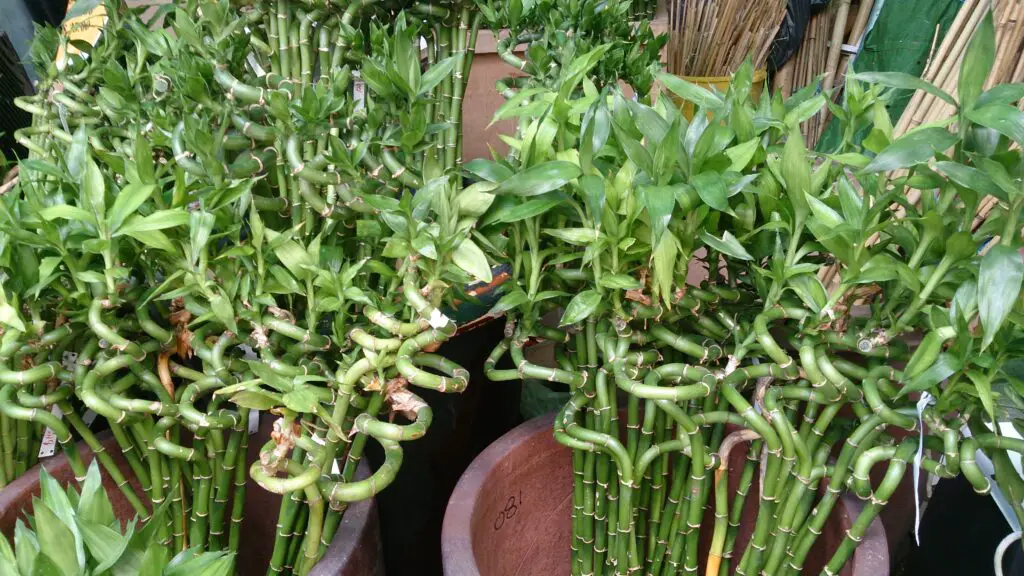
Often gifted for “good luck,” lucky bamboo is seen as kitschy and dated by most designers. It doesn’t actually belong to the bamboo family, and its aesthetic tends to clash with modern interiors. Many interior designers consider it more of a novelty item than a true décor piece. It’s better suited to office desks than curated living rooms.
Its popularity peaked years ago and hasn’t really evolved. Designers find it hard to pair with current trends like Scandinavian, industrial, or Japandi style. Plus, its care needs (changing the water, avoiding direct sun) are often overlooked. At this point, it’s more clutter than charm.
2. Spider Plant
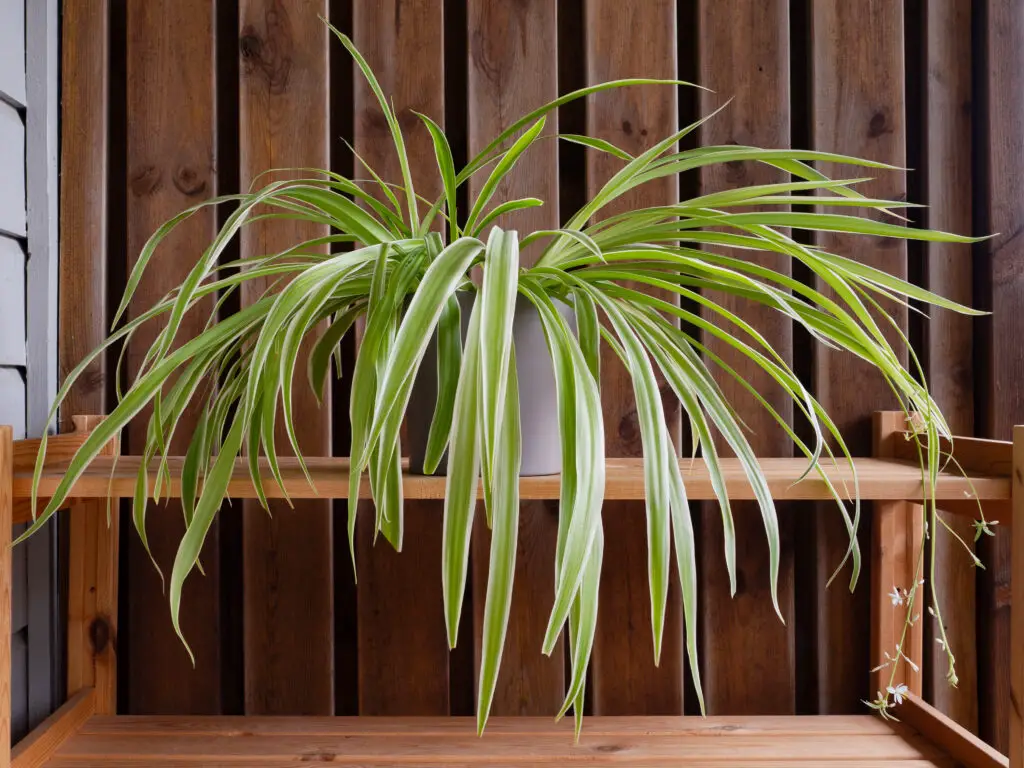
While great for air quality, spider plants often remind people of dentist waiting rooms or dorm lounges. Designers criticize them for looking too chaotic and unkempt, especially when the baby offshoots start dangling. They’re not inherently ugly—but they lack that “intentional” design factor. In a space with sleek lines and curated accents, spider plants can look like an afterthought.
They’re also fast growers, which can lead to overgrown pots and tangled leaves. Designers prefer plants with more structure and presence. If used, they’re typically hidden in less visible corners. Otherwise, they can cheapen an otherwise polished room.
3. English Ivy
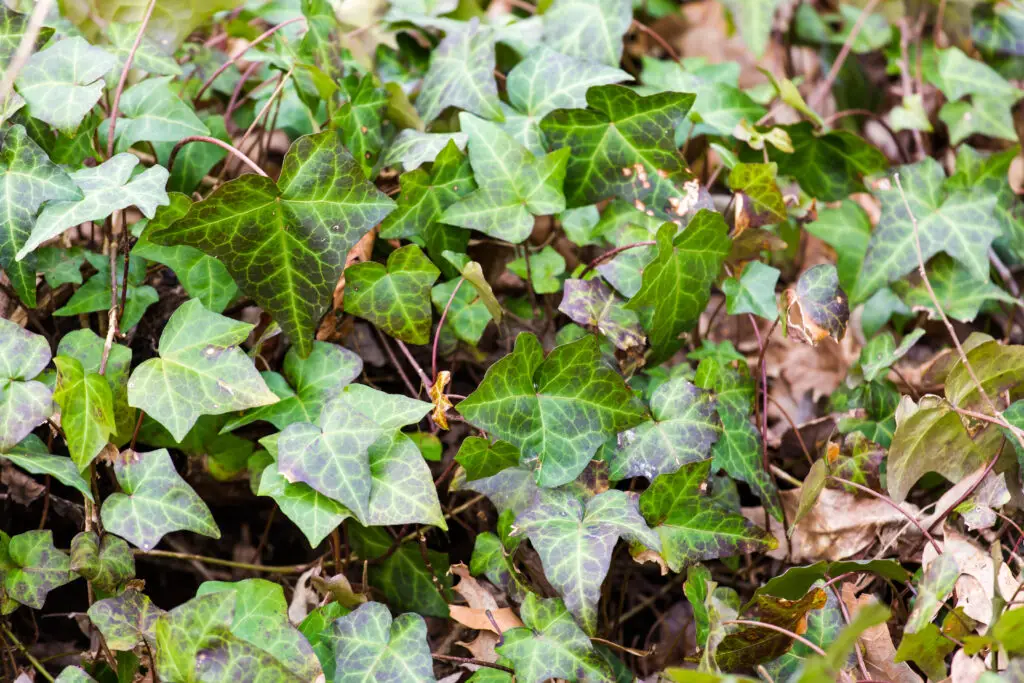
English ivy has a romantic, classic appeal—but indoors, it’s a bit of a pest. It grows aggressively and can attract spider mites, making it a nightmare to manage. Designers say it often looks messy and overtakes surrounding plants if not constantly pruned. It also tends to drop leaves indoors, leaving behind a trail of debris.
While it might look pretty in theory, the upkeep just isn’t worth it. Many designers avoid it entirely for client homes. There are better vines with fewer headaches (think pothos or philodendron). Save the ivy for garden walls, not your bookshelves.
